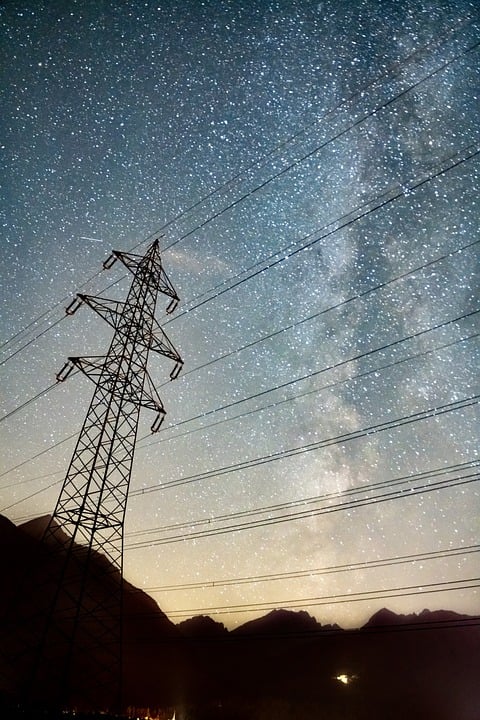The medieval period in Europe was a time of great religious fervor, where the Catholic Church held immense power and influence over the lives of individuals. In this article, we will explore the role of religious beliefs and practices in shaping medieval society, from the everyday rituals of the common folk to the grand spectacles of the clergy.
Historical Context
During the Middle Ages, the Catholic Church was the dominant institution in Europe, with the Pope serving as both the spiritual leader and the political authority. The Church played a central role in shaping the beliefs and practices of the people, from guiding moral behavior to providing solace in times of hardship.
Religious rituals were an integral part of medieval life, with mass attendance, confession, and prayer forming the backbone of daily activities. The Church also wielded considerable influence over political affairs, with kings and nobles often seeking the blessing of the clergy before making important decisions.
Current State
While the power of the Catholic Church has waned in modern times, religious beliefs continue to play a significant role in European society. The rise of secularism and the decline in church attendance have led to a shifting landscape, with many people turning to alternative forms of spirituality.
Despite these changes, the legacy of medieval religious practices can still be seen in the architecture, art, and literature of Europe. The grand cathedrals, intricate paintings, and epic poems of the Middle Ages continue to inspire awe and reverence in visitors.
Future Predictions
As Europe becomes increasingly diverse and multicultural, the role of religion in society is likely to continue evolving. While Christianity remains the dominant faith, other religions such as Islam and Hinduism are gaining traction, leading to a more pluralistic society.
The digital age has also brought new challenges and opportunities for religious institutions, with social media and online platforms offering new ways to connect with followers. The future of faith in Europe is uncertain, but one thing is clear – the power of religious beliefs and practices will continue to shape the way people live and interact with each other.
– Increased diversity in religious beliefs and practices
– Greater integration of technology in religious institutions
– Continued influence of traditional rituals and ceremonies
Conclusion
In conclusion, the power of faith in medieval Europe was a driving force that shaped the lives of individuals and societies. While the influence of the Catholic Church may have diminished in modern times, the legacy of religious beliefs and practices continues to resonate throughout European culture.
As we move forward into an increasingly interconnected and diverse world, it is important to recognize the importance of understanding and respecting different religious traditions. By studying the history of faith in Europe, we can gain insight into the values and beliefs that have shaped our societies and continue to influence our lives today.
Thank you for joining us on this journey through the power of faith in medieval Europe. If you would like to explore this topic further, we recommend delving into academic resources and visiting historical sites to gain a deeper understanding of the rich tapestry of religious beliefs and practices in European history.
